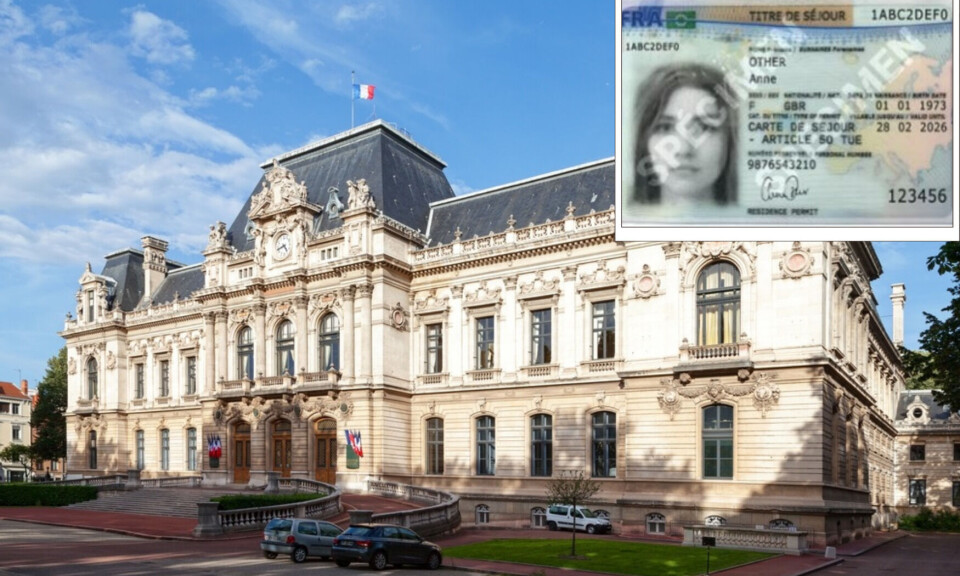-
What you should do to your garden in France in spring
Weeding, pruning, sowing, preparing the lawn…here is how to welcome sunnier days
-
Rules change for dog walking in France from April
Here is how to ensure you and your dog remain within the rules and avoid fines
-
Mimosa is pretty…but ‘posing threat to biodiversity’ in south of France
The flowers are prized in the region, but not everyone is thrilled to see their spread
Join battle in France to stop butterfly extinction
The survival of some of nature’s most beautiful creatures is in your hands. Jane Hanks looks at how the drop in butterfly numbers can be reversed

Everyone with a garden is being asked to take action to save butterflies by helping to halt a worrying decrease in their numbers.
The Hungarian glider (Neptis rivularis) is extinct in France and, of the 253 other species, 16 are on the International Union for Conservation of Nature, IUCN’s critically endangered list, with 18 more listed as endangered.
The hermit butterfly used to be seen throughout France but its population has reduced by about 30% in the last 10 years and it is classed as vulnerable.
Florian Kirchner, from UICN France, said fewer butterflies means less food for birds and small insectivore mammals such as bats.
Butterflies are also pollinators, and as their numbers dwindle, the same is likely for all insects.
Mr Kirchner firmly blames humans and said: “Decline in numbers is directly linked to the introduction of intensive agriculture and increasing urbanisation in the 1970s and 80s, with destruction of hedges, mono-cultures and use of pesticides.
“For 20 years we have been saying we need to reduce pesticide use, but in fact it is on the increase.” However, gardeners can make a difference, no matter what the size of their plot.
Anne Dozières, from the National Museum of Natural History in Paris, is responsible for the scientific study of a national butterfly count in nearly 13,000 gardens by members of the public over the past 14 years.
She said: “We have found there are fewer butterflies in gardens that use pesticides and herbicides and favour ornamental plants and perfect lawns.
“There are more when there is a wide variety of plants and wild areas.”
She urged more people to join Opération Papillons and said: “Of those taking part, 80% knew nothing about butterflies when they started.
“They can download information to identify 28 species. Participants give us weekly updates when they note the maximum number of a species they have seen at any time. They do not have to report every week, just when they can. Every bit of information is precious to us. As well as numbers, we can also see the response to climate change and when they are hatching.”
The Natural History Museum works in partnership with wildlife preservation charity Noé, which, among many other worldwide projects, runs Opération Papillons and gives advice to private and public gardens on how best to attract butterflies.
Angélique Daubercies is in charge for Noé and said: “Butterflies prefer natural, local and simple flowers to those that are hybrid and ornamental, with several layers of petals.
“Lavender, sage, lilac, thistles and fruit tree blossom, as well as areas of naturally growing wild flowers, will all be enjoyed by butterflies.
“In the autumn, leave some fallen fruit on the ground for the butterflies.”
Caterpillars too must be catered for.
“Many of them feed on nettles and grasses so it is helpful not to mow the whole lawn,” said Ms Daubercies.
“Leave a corner or a strip where grass can grow to maturity. Keep part of your garden wild to allow indigenous plants and flowers to grow, as they provide important food and shelter to caterpillars and butterflies.”
To take part in Opération Papillons, visit sciences-participatives-au-jardin.org.
























